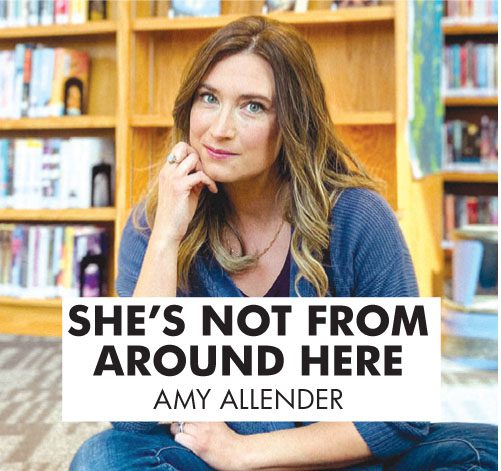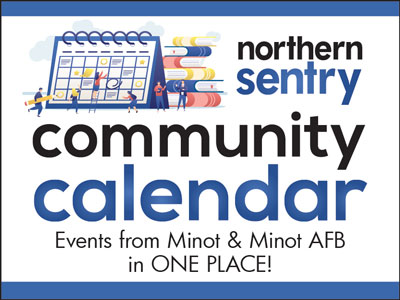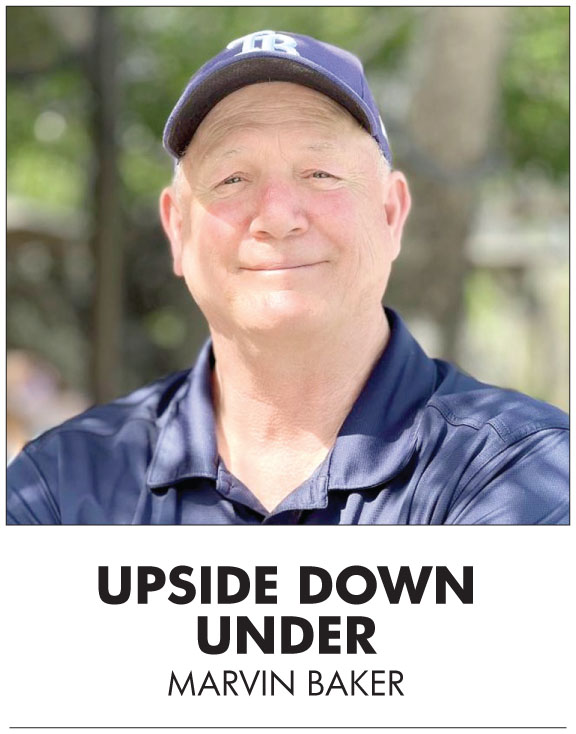When we moved into our home, there was no landscaping to be seen. Having been affected by the 2011 flood, it was hastily—and minimally—rehabbed to allow its elderly occupant to return home as quickly as possible. There were no shrubs or perennials, only a few scant weeds growing near the foundation.
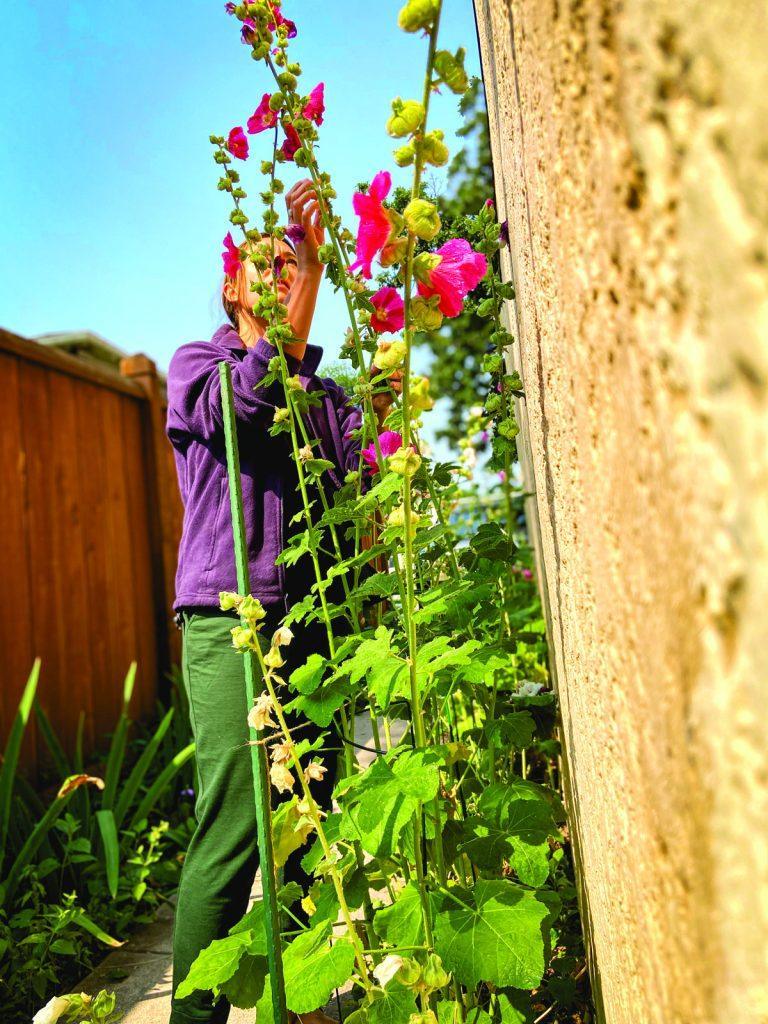
Amy Allender photo
With help and input from locals, we selected a variety of budget-friendly, low-maintenance perennials. Along our sunniest stretch of wall, we planted hollyhocks. Both warnings and assurances were offered to us.
“Once they’re in, you’ll never get rid of them,” one friend told us.
“They’re basically impossible to kill,” the woman at the garden shop assured me.
“They’ll spread until they can’t spread anymore,” my dad said.
To me, this all sounded great. I needed something that would grow and spread quickly, come back annually, and not put up a fuss if left grievously neglected. On paper, hollyhocks were the perfect fit for my curb appeal emergency.
The first summer I dutifully watered and watched. The garden tag said they’d reach 5-6 feet tall, but by September they had barely grown to the middle of my shin.
By the middle of the second summer, they had returned but remained short, with no signs of “filling in” our bare flower bed, let alone blooming. Some savvy Googling educated me on a vital piece of information I’d missed the previous year: many varieties of hollyhock are biennial, meaning they take two years to flower. In the first year, roots and leaves become established; in the second year, stalks will grow, and flowers and seeds will be produced.
When I learned this, I was deeply discouraged. Our plan was to stay in Minot about three years, at which point my husband would separate from active duty Air Force and we would move out of state and into our “forever” home. In many ways, I was living in and for that future—hesitant to create much foundation here since we didn’t anticipate staying long-term.
Now, half of the plants I’d put in the previous year were dead, and the others wouldn’t bloom until we were moving out.
I remember standing along the row of hollyhocks, sipping iced tea that summer. My husband was deployed. I was solo-parenting a preschooler and an infant. As I looked at the row of scrawny plants, I forced myself to come to peace with planting something that I may never enjoy. Those silly, slow plants forced me to confront my own selfishness and closedmindedness. Was I really so consumed with my own experience that I was unwilling to nurture a garden in hopes that someone else may enjoy it someday?
Moreover, was I so wrapped up in my own “well-laid plans” that there was no room to invest in the “here and now?” I was holding onto a future I had dreamed up so tightly, I wasn’t able to let go enough to grab onto the good right in front of me.
Later that day, I tossed some plant food into the flower bed. For the rest of the summer, I tried to remember to turn on the hose. I gave those plants their best shot and put in a few others. Not because I needed to see the blooms, but because I was choosing to hope. I was choosing to give my best to where I was—even if this wasn’t my forever place. I was choosing to nurture what was around me, to make something beautiful from something bare, to commit to giving life right where I was everything I had.
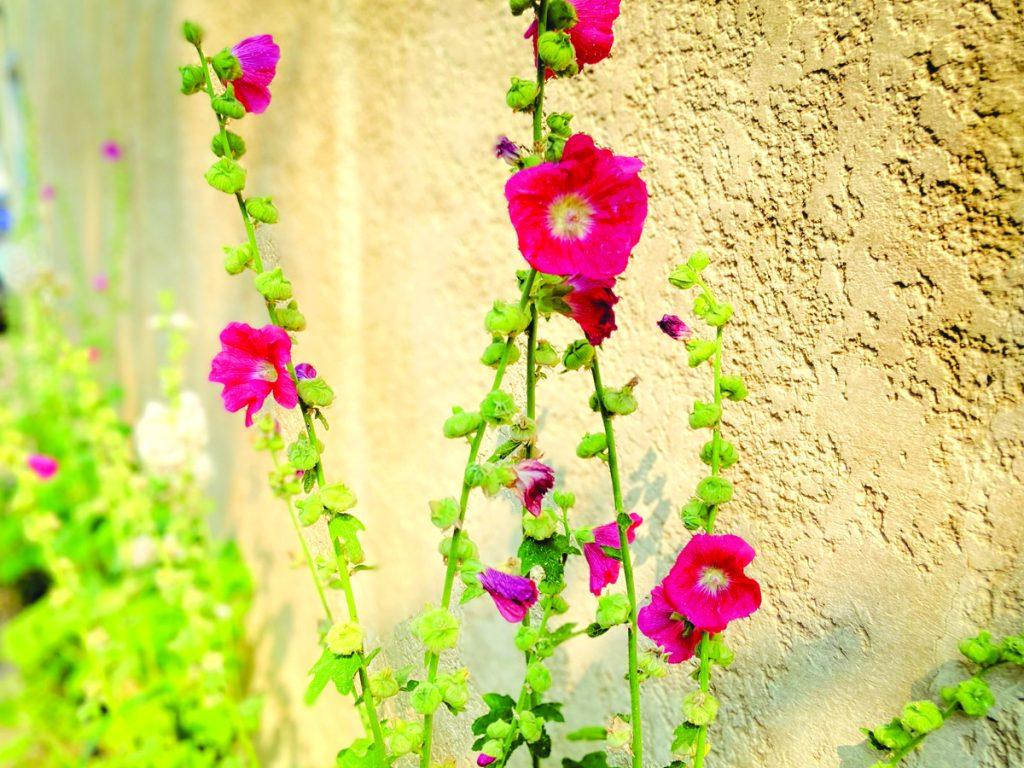
Amy Allender photo
Several summers have passed since then. The hollyhocks have grown, bloomed, and spread rampantly—as promised. Our plans for another state and a different home never came to be. Instead, we’re still here, in Minot—sometimes feeling like I’m living on borrowed time. After all, I should have been gone by now.
But each time I see the hollyhocks, I’m reminded of that pivotal summer when I decided to change my mind. Some ask why I’m so happy and content. It’s simple. I decided to live like I’d see the blooms, even when I wasn’t sure that would happen.
It can be the same for you. No matter where you are, or what plans get interrupted or upturned—if you take ownership and invest in the here and now, you’ll be surprised at what begins to grow and how many seeds you can plant.
For more stories and tips on shaping your perspective and loving life in Minot, join me online at amyallender.com, Instagram @heyminot or @amy_allender, and Facebook @amyallenderblog.

